How to Mix Concrete in a Mixer [Step by Step]
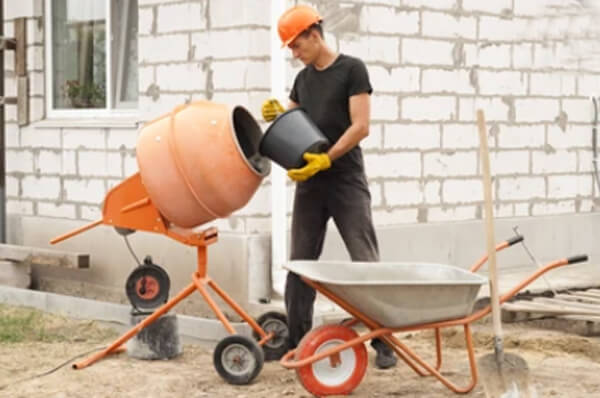
Cement, sand, and stone are the main components of concrete, a composite material. Sand and stone are joined together by cement, which serves as a binder.
Aggregate, also known as stone and sand, would not be strong if combined on their own without cement. Cement, on the other hand, holds them together and fits the pieces together like a 3D jigsaw puzzle. Concrete’s shear and compressive strength are a result of this.
Concrete can be mixed using only a shovel. This is acceptable for small amounts of concrete, but a mixer thoroughly blends the components, reducing the possibility of weak spots in the finished product.
A cement mixer is pretty much necessary if you want to complete the task quickly, whether you’re laying floors or pavements, casting gate pillars or walls, or any of these other construction-related tasks.
mix concrete by hand
Mix Concrete in a Bucket With a Drill
Mix Concrete in 3 Tools [Bucket,Mixer,Wheelbarrow]
Contents
Equipment Needed To Mix Concrete In A Mixer
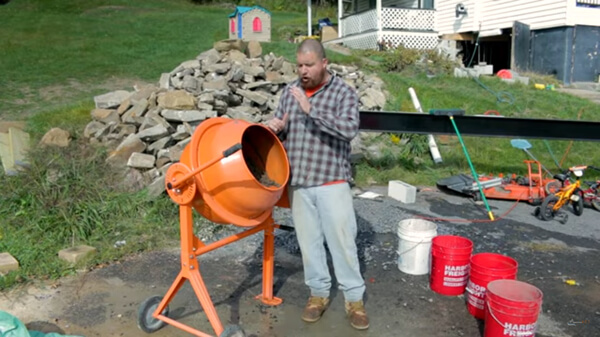
Concrete mixer electricity or gas (petrol)
- Three buckets: one each for sand and gravel, water, and cement (aggregate can be wet, so having a separate bucket for cement keeps the bucket dry, otherwise cement will stick to the sides when measuring it out)
- Water-holding barrel
- Wheelbarrow
- Shovel
Before You Start Mixing Wear These
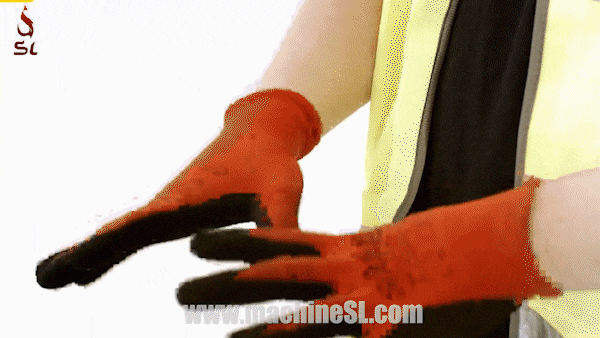
- A dust mask to safeguard your lungs
- Gloves to shield your hands from cement, which is irritating and slightly caustic, and abrasion
- Eye protection from the mixer’s splashes using safety glasses
- Footwear with steel toe caps for further protection
Cement Mixer Use: A Step-by-Step Guide
Concrete may be mixed fast in a cement mixer, and it takes around 10 minutes to generate enough concrete for a wheelbarrow. Here are some pointers for optimizing outcomes.
Before mixing
- Typically, a UK builders bucket may carry 13.5 liters or 3 UK gallons. These make it easy to measure out the right amount of ingredients before combining.
- A C20 mix, which is one bucket of cement, two buckets of sand, and four buckets of stone, will generate around a wheelbarrow’s worth of concrete in a small mixer.
Preparing for mixing
- On the ground, divide the cement, sand, and stone into 3 equal heaps. A sheet of plywood or a wide piece of plastic keeps the ground clean and protects dirt and soil from contaminating the materials.
- If you’re making many mixes, it’s best to use a small barrel or another large container to store water. If a mix starts to adhere to the drum, you’ll need several buckets of water, and you don’t want to have to stop and fill a bucket from a tap, faucet, or hose.
Start mixing
- Launch the mixer.
- First, place half of the stone and 1/4 of a bucket of water. Stone’s abrasive properties aid in scouring the drum of any leftover wet concrete from a previous mixing cycle.
- After that, alternately add cement, sand, and stone from the heaps. Watch the mixture for a minute while you add the cement and sand to see how it is developing, and then add water as necessary to keep it from becoming too sloppy or too dry so that it clings to the drum.
- You might first add all the components to the drum and mix them dry. However, cement will adhere to the drum’s interior, and, likely, the material at the drum’s back won’t mix well and become moist when you add water. Therefore, it’s best to introduce them gradually.
- Add the remaining sand and cement as you go.
- For about three minutes, let the mixer run at high speed.
- Lower the engine’s speed and start putting the mixer into the barrow.
Some Precautions while mixing
- Never insert a shovel into a mixer drum that is spinning. The shovel may get caught by the mixing spoons, which may cause it to swing and strike you in the face. Stop the mixer, scrape the mixture off the back, and drag the drum forward if it appears like the mixture is clinging to the back. If more water is required, repeat this procedure.
- Place the wheelbarrow below the drum if the mixture begins to leak out of it.
- Keep cement bags off the ground so that moisture won’t seep into them. You can use a palette or set the bags on boards that are suspended between bricks or pieces of wood. To extend the shelf life of unopened, unused bags of cement, seal them inside plastic bags (use heavy rubble bags rather than trash bags that can puncture). However, it seems that even if the bags are airtight, the cement will still deteriorate, so it is advised that the cement be used within six months.
Once you are done mixing
- One can start a fresh mix when the drum is empty. To clean the concrete that has adhered to the interior of the drum, first add some water. This slush can be added to the subsequent mixture. Stop the mixer if you are working alone so you can move the barrow and handle loading and emptying it.
- Don’t forget to rinse off the drum and clean all concrete off of your equipment before it sets, ideally while the engine is running, and the drum is tilted. Try to keep the engine from getting any water from the hose.
How Much Water Do You Need For Mixing Concrete In A Mixer
Water should be used in an amount that is 0.4–0.6 times the weight of cement. If we use a factor of 0.5 for a 25 kg (4 stone approximately) bag, the following is the result:
- 50 times 25 equals 12.5 kilograms of water.
- Given that 1 kilogram of water has a capacity of 1 liter, this means that 25 kg of cement requires 12.5 liters of water.
- Nearly 2 3/4 imperial (UK) gallons or 3.3 US gallons are contained in 12.5 liters.
After mixing, concrete shouldn’t be very moist and should have a minimal slump. When dumped on the ground, a shovelful should be able to maintain itself without spreading out (slumping).
Too-dry concrete is impossible to work with and won’t have enough water for the chemical reaction with the cement to proceed correctly for the concrete to cure, lowering its final strength.
The ultimate strength is also affected by the amount of water used because when the extra water evaporates and doesn’t mix with the cement, it leaves behind micropores, which are microscopic air spaces. Concrete serves as a kind of sponge.
Concrete isn’t merely made pliable and usable by adding water; it can also be shaped into slabs and other shapes. In a chemical process, water or H2O joins with cement and really becomes a permanent component of the concrete.
Over the course of many weeks, any extra water evaporates. Since water is required for this chemical reaction, it must be kept around until the concrete cures or hardens over the course of a few days to a few weeks.
Conclusion
The three major components of concrete, a composite material, are cement, sand, and stone. All you need is a shovel to mix concrete. This is okay for small quantities of concrete, but a mixer fully mixes the ingredients, lowering the likelihood of weak areas in the completed product.
If you want to do the job swiftly, a cement mixer is practically required. We go into great length in this article about how to mix concrete and safety measures.
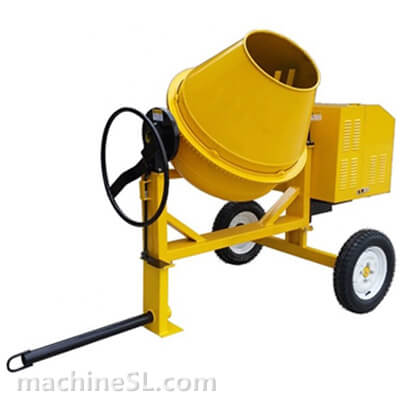
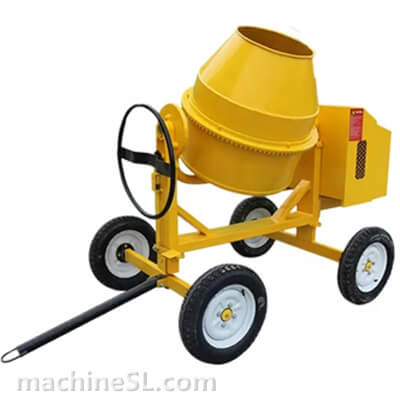
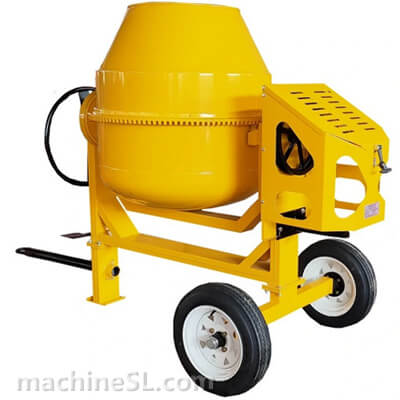
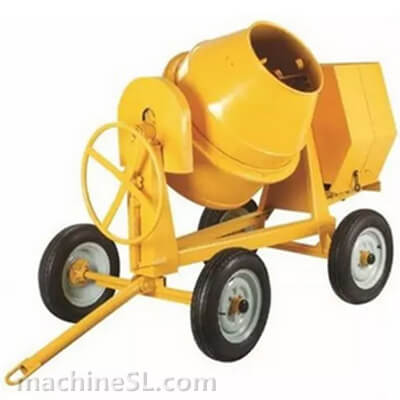
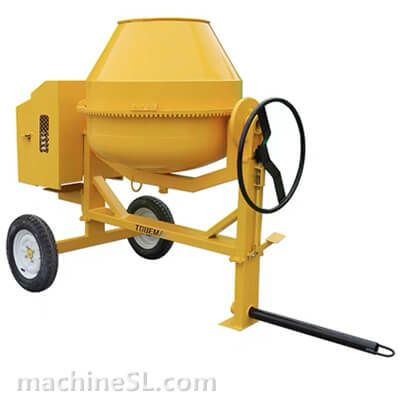
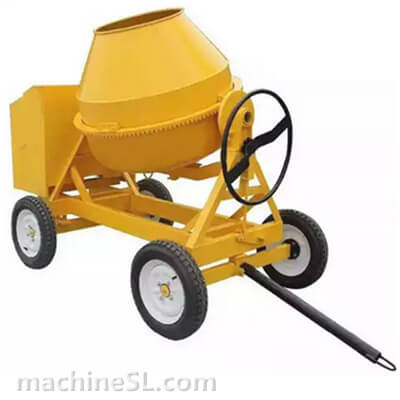
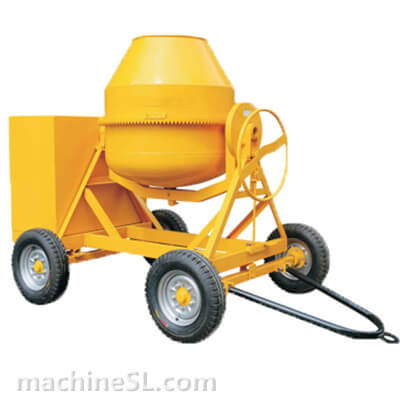
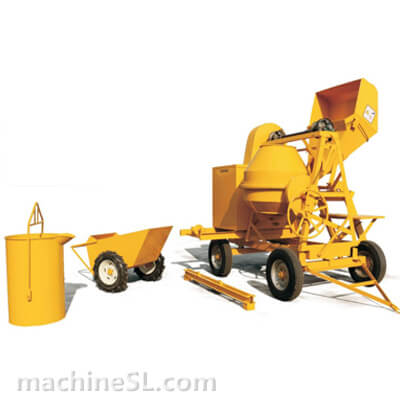
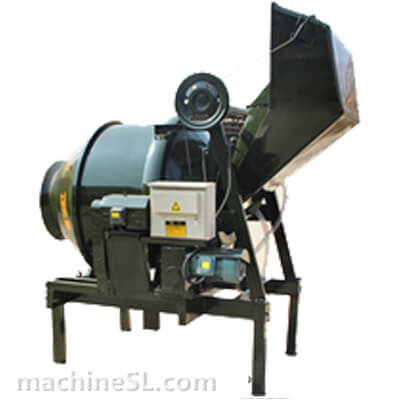
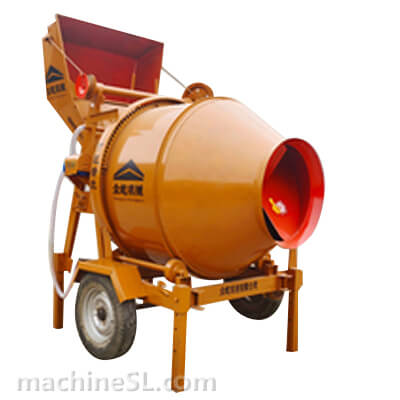
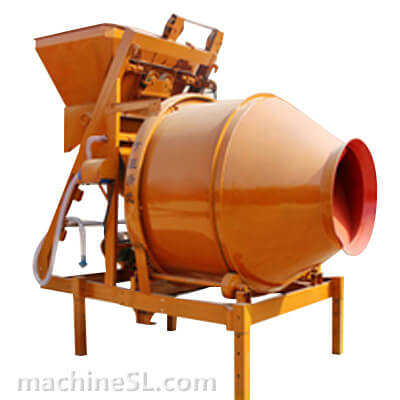
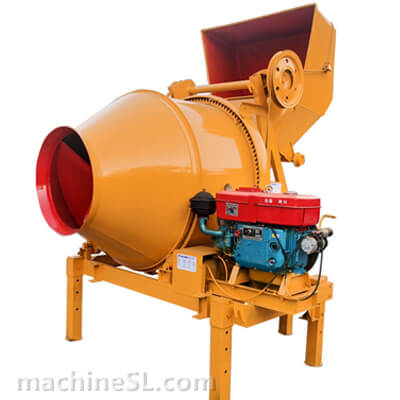
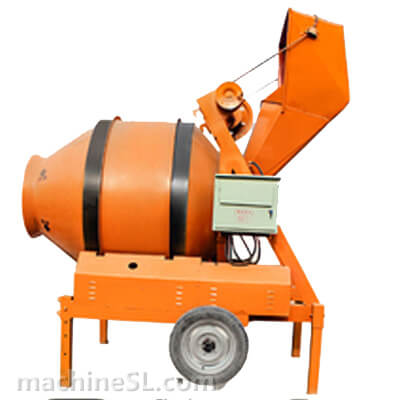
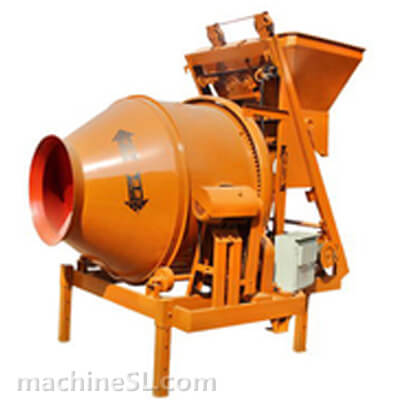
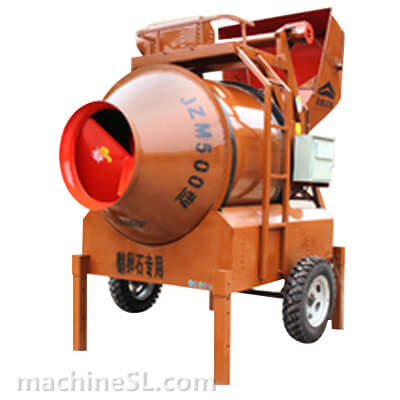
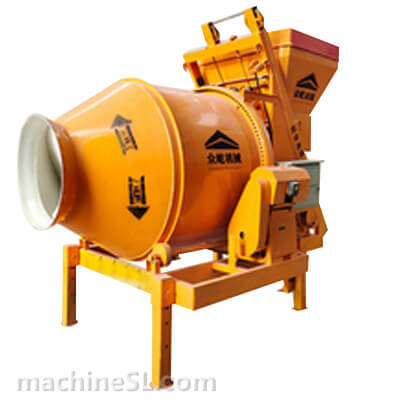
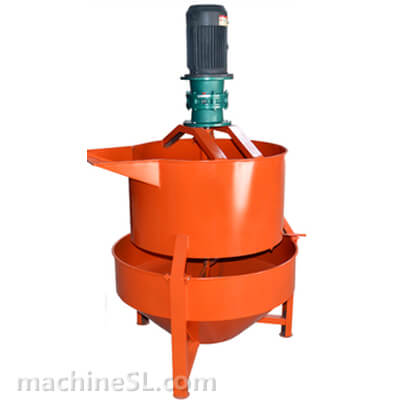
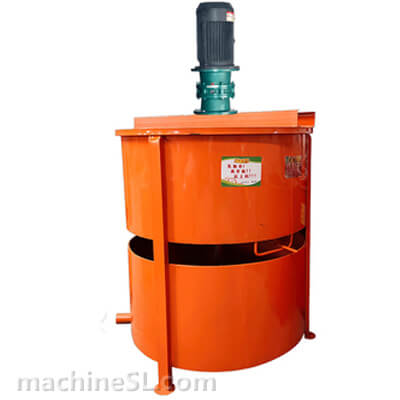
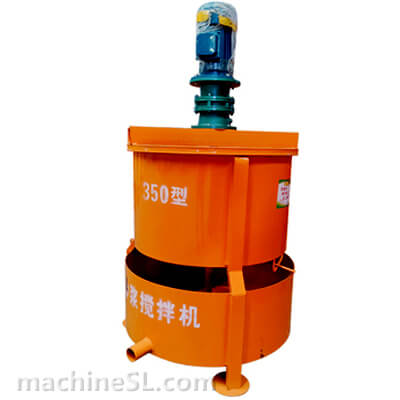
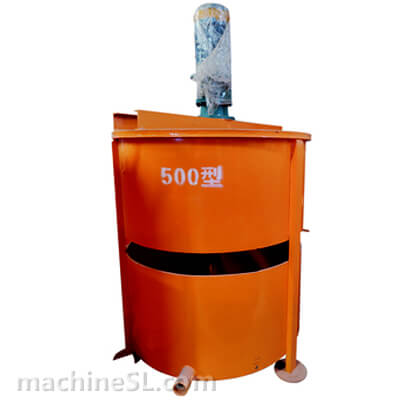
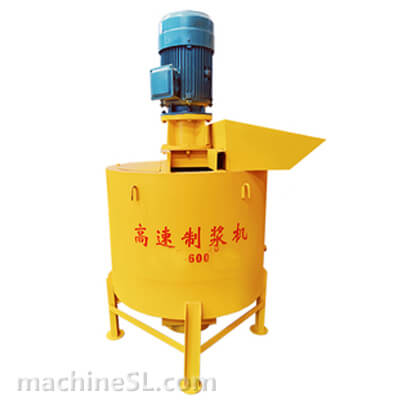
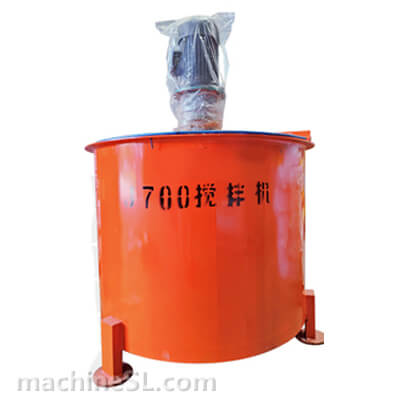
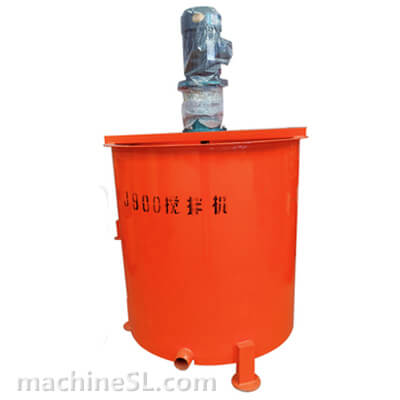
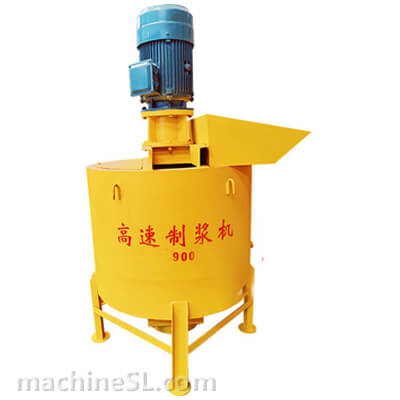
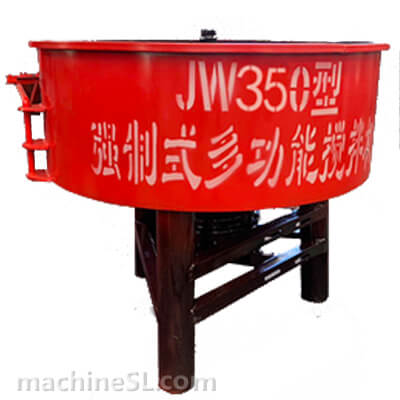
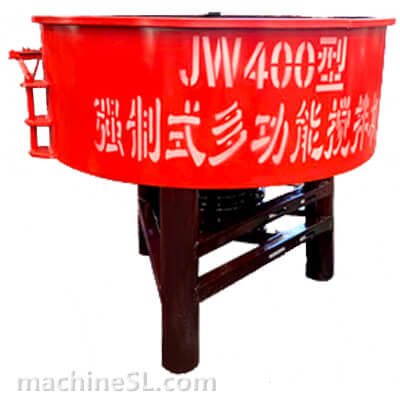

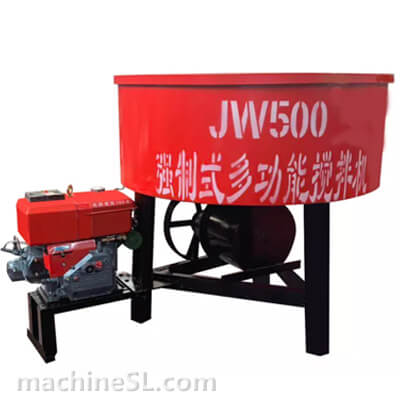
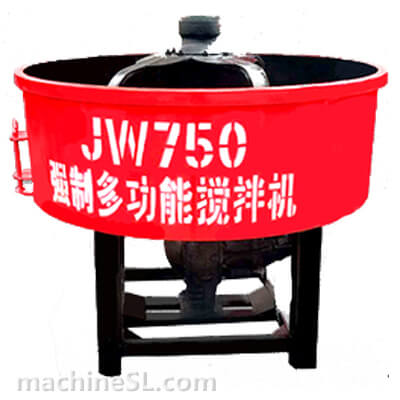


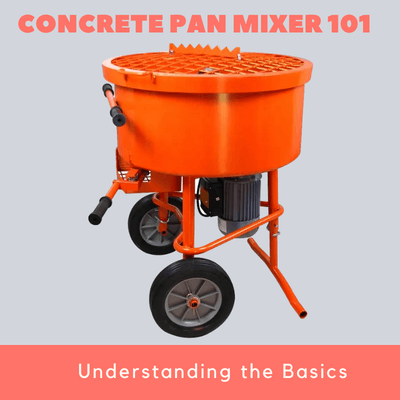
Leave A Comment